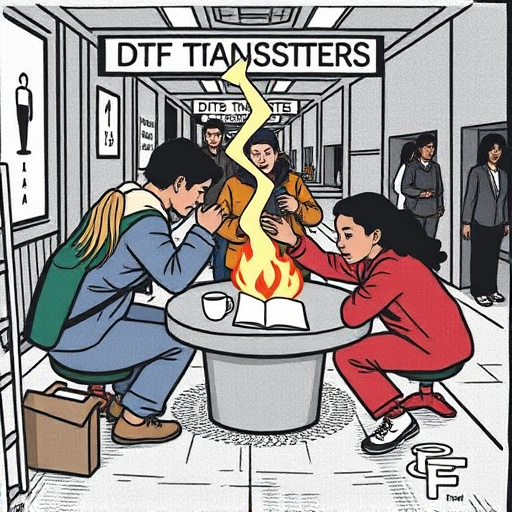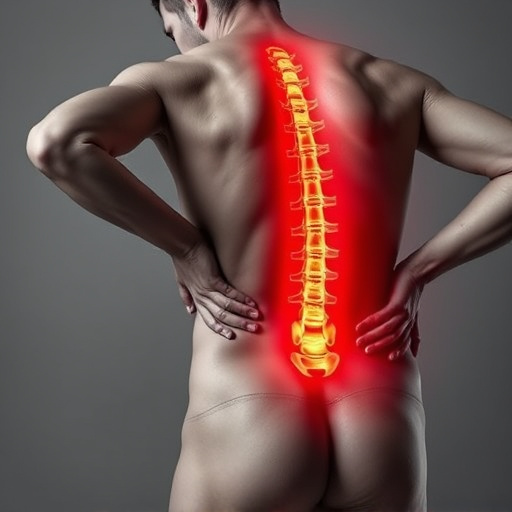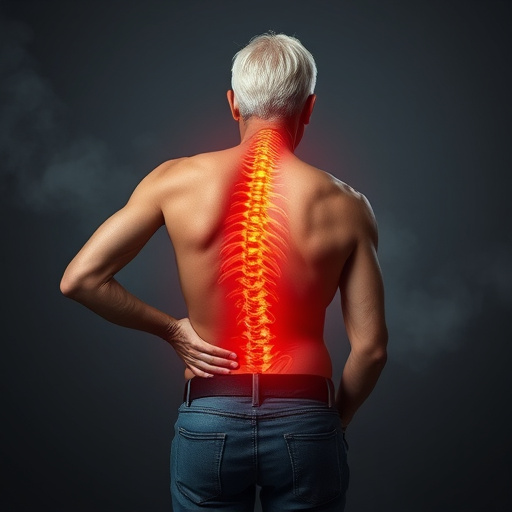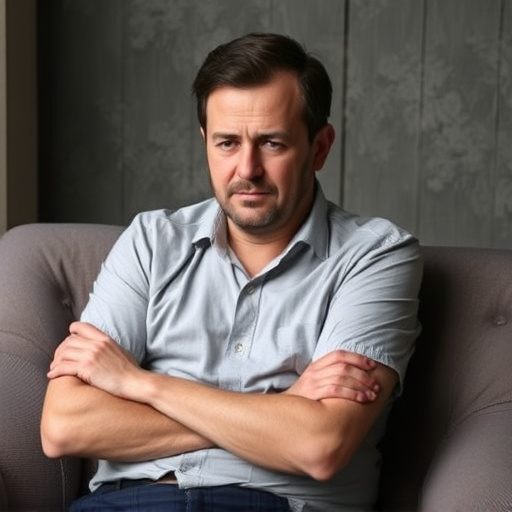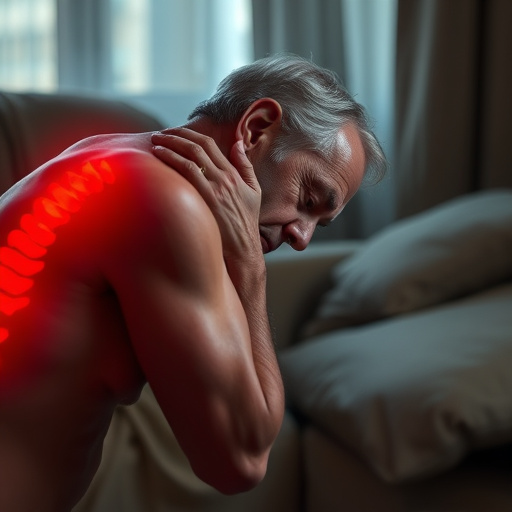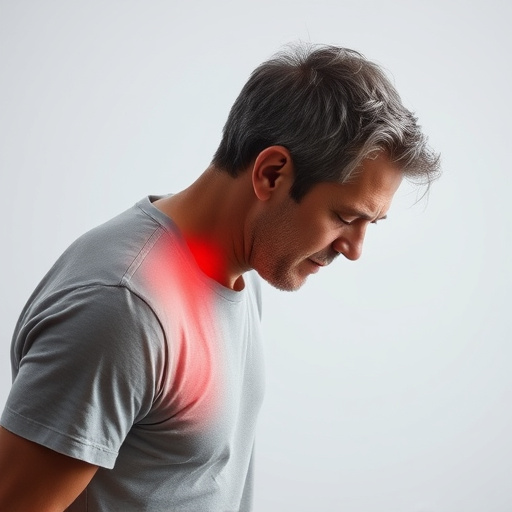Shockwave therapy for sports injuries emerges as a leading non-invasive treatment option using low-energy sound waves to stimulate tissue repair and promote healing in damaged muscles, tendons, and ligaments. Research shows improved functional outcomes and shorter recovery times compared to traditional methods, with positive results for conditions like deltoid tendinopathy, patellar tendonitis, and chronic plantar fasciitis. While further research is needed, shockwave therapy is considered a valuable tool in sports medicine for managing and accelerating recovery from shockwave sports injuries.
“Uncover the potential of shockwave therapy in revolutionizing sports injury recovery. This article delves into the world of shockwave treatment, offering a comprehensive guide for athletes and professionals. We explore its effectiveness in addressing common sports-related injuries, backed by scientific evidence. From understanding the therapy’s mechanism to revealing its benefits and side effects, this piece provides crucial insights. Discover how shockwave therapy is navigating the landscape of sports medicine, promising faster healing and enhanced performance.”
- Understanding Shockwave Therapy for Sports Injuries
- Scientific Evidence: Does It Work?
- Potential Benefits and Side Effects Revealed
Understanding Shockwave Therapy for Sports Injuries

Shockwave therapy for sports injuries has gained significant attention as a non-invasive treatment option. This innovative approach leverages low-energy sound waves to stimulate tissue repair and promote healing in damaged muscles, tendons, and ligaments commonly associated with athletic activities. By delivering focused shockwaves to affected areas, the therapy can accelerate the body’s natural recovery process, offering potential relief for athletes suffering from persistent muscle strains, tendonitis, and joint pain.
Research suggests that shockwave sports injuries treatments can lead to improved functional outcomes and reduced recovery times compared to traditional rehabilitative methods. Studies have shown promising results in treating conditions like deltoid tendinopathy, patellar tendonitis, and chronic plantar fasciitis, often resulting in headache relief and enhanced muscle recovery. The non-invasive nature of the procedure makes it an attractive alternative for athletes seeking effective joint pain relief without the side effects commonly associated with surgical interventions.
Scientific Evidence: Does It Work?

The use of shockwave therapy for sports injuries has garnered significant attention from researchers and medical professionals alike. Scientific evidence suggests that this non-invasive treatment can be an effective tool in managing and accelerating recovery for athletes. Numerous studies have shown promise in its application, particularly for conditions such as tendinopathy, where traditional treatments often fall short.
Research indicates that shockwaves stimulate the body’s natural healing process by promoting angiogenesis (the formation of new blood vessels) and enhancing tissue regeneration. This method has proven beneficial for post-injury care, offering a faster recovery timeline compared to conventional methods, especially in the case of auto accident recoveries. While more studies are needed to fully understand its long-term effects, the current evidence supports shockwave therapy as a valuable addition to sports medicine practices.
Potential Benefits and Side Effects Revealed

The use of shockwave therapy for sports injuries has gained significant attention in recent years, with researchers exploring its potential benefits and side effects. Studies suggest that this non-invasive treatment can accelerate the healing process for athletes suffering from various injuries, including tendinopathy, muscle strains, and post-accident rehabilitation. By stimulating tissue regeneration and enhancing blood flow, shockwave therapy has shown promising results in improving sports injury recovery and reducing pain management needs.
However, as with any treatment approach, there are potential side effects to consider. Some patients have reported temporary discomfort, bruising, or minor swelling after shockwave sessions. These adverse reactions are generally mild and subside within a few days. Researchers emphasize the importance of individual responses varying widely, with some athletes experiencing faster recovery times and minimal side effects while others may require additional post-treatment care.
Shockwave therapy for sports injuries has emerged as a promising treatment option, backed by growing scientific evidence. Research suggests it can aid in healing and reducing pain associated with various athletic traumas. While side effects are generally mild, understanding the potential benefits and risks is crucial before undergoing this non-invasive procedure. Further studies continue to explore its efficacy, offering hope for improved recovery outcomes in the world of sports medicine.






